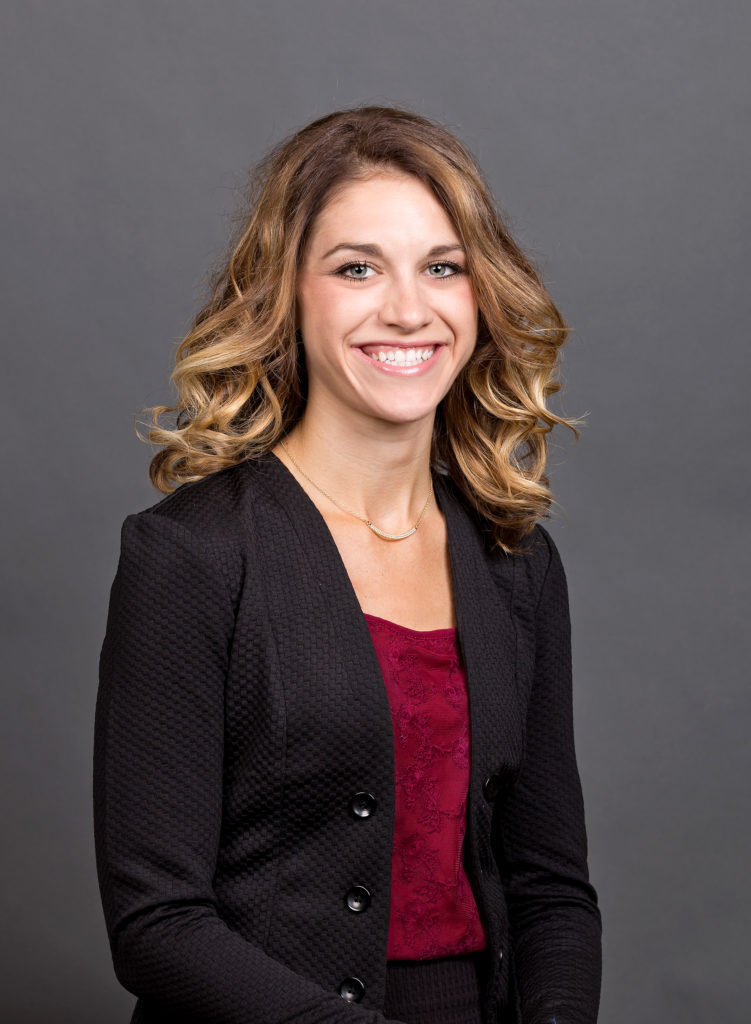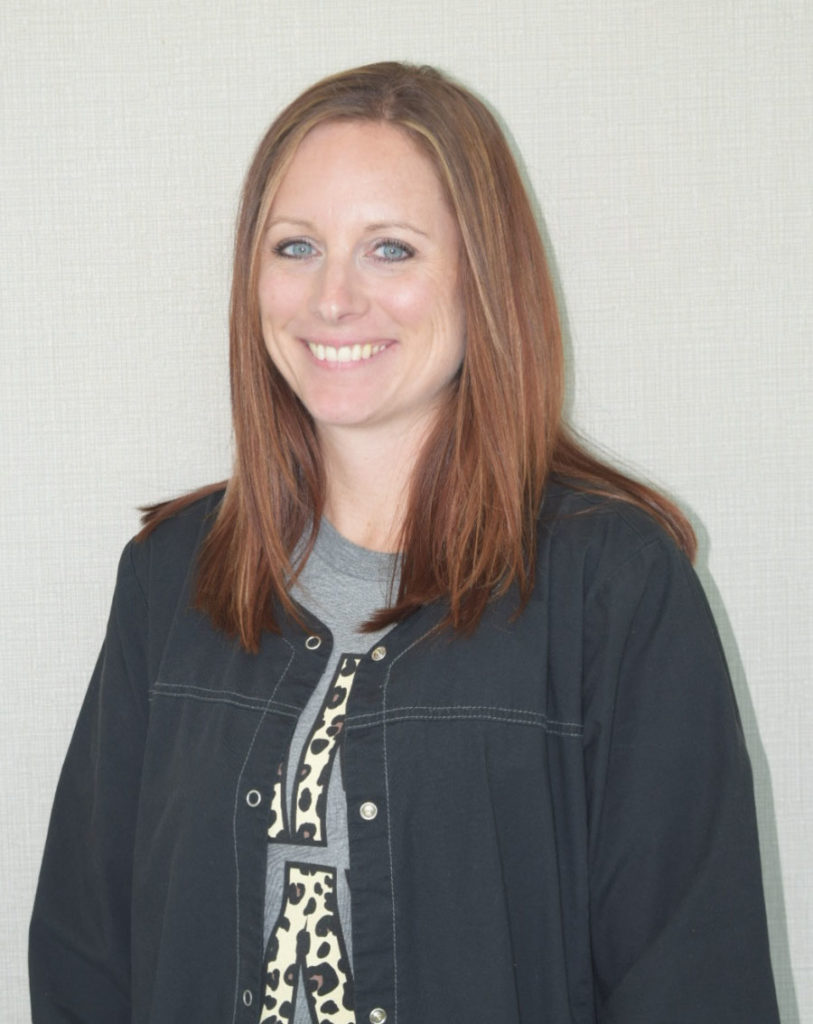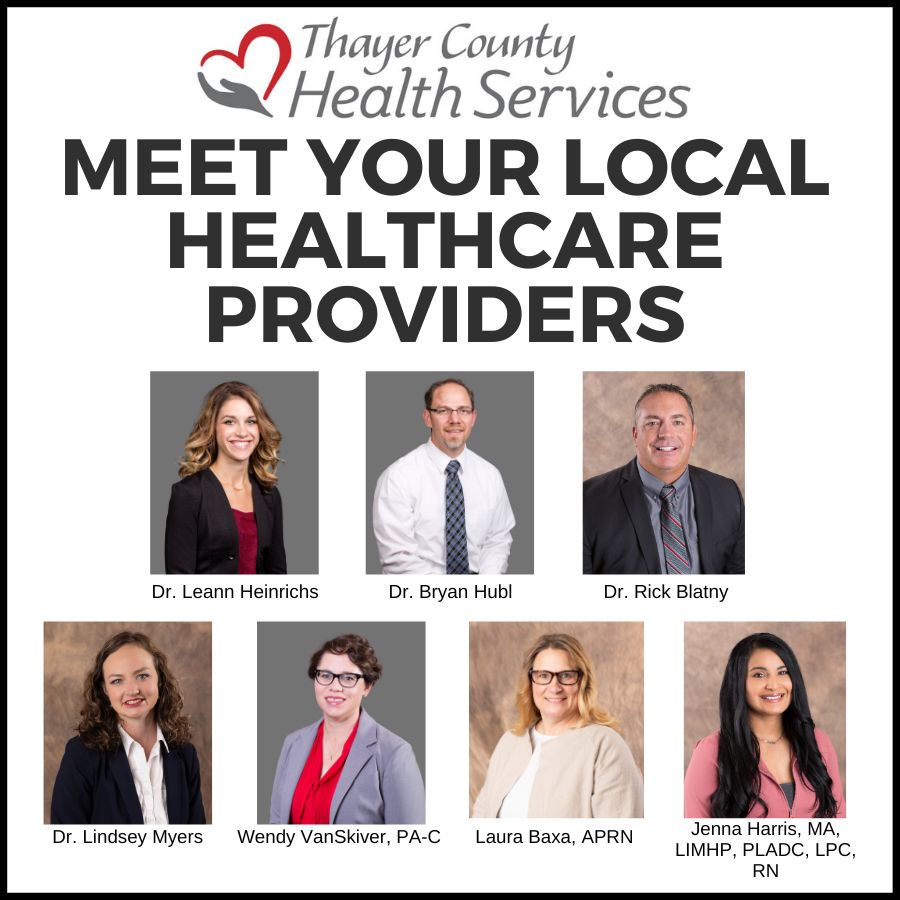Professionals answer questions on breast cancer
Dr. Leann Henrichs, FAAFP and Shelly Pulliam, Radiology Technologist, RT, (R), (CT), (M) sat down and answered the Hebron Journal Register’s questions about breast cancer. Interviews were conducted by Thayer County Health Services Marketing Director Kassi Hartley.


Q: How has the research on breast cancer changed over the past 10 years?
A: “The most important thing that has changed with breast cancer research is the new imaging modalities that are available, and for us at TCHS the most important thing is the 3D mammography, which we offer to our patients. The 3D mammography produces a 3D picture instead of the traditional 2D, which in turn does detect more breast cancers and decreases the number of false positives. False positives tend to lead to increased expense due to further tests, anxiety, and more procedures such as biopsies. We are very excited that we are able to offer this state-of-the-art equipment and service to our patients.” – Dr. Leann Heinrichs
A: “Over the past 8 years, since I have been a Mammography Technologist, breast cancer imaging has changed drastically. It started with film, then moved to 2 Dimensional digital scans, and now finally 3D, which we have and is the best of the best. We have rules and regulations that we follow, and our machine is routinely inspected, but as a tech, I have to meet certain qualifications and guidelines. All of my scans are checked and graded per se to ensure we are performing quality scans. It is no longer just the machine that is inspected, but the technologist as well. The quality regulations are always changing and updating. As a mammography technologist, I am charged with staying up to date, so that we can provide the best care and screenings possible.” – Shelly Pulliam
Q: What kind of questions should I ask my doctor after a diagnosis?
A: “The answers to a lot of questions patients may have will be found through additional tests, many of which can be done at TCHS, which will help to determine the course of treatment. Your clinician will also assist with a referral to an Oncologist who can answer what type of breast cancer it is, the location, if it has spread, what stage it is in, what other tests the patient will need such as a PET scan or a CT scan. At TCHS, we treat many cancers, one of those being breast cancer, through our visiting Hematologist/Oncologist Specialist, Dr. Warner. At TCHS, we are able to provide chemotherapy right here in the hospital. We are really proud to offer this service because it saves the patient money, time spent traveling, and provides a level of comfort because patients can go home after their treatment.” – Dr. Leann Heinrichs
Q: What roles do healthy diets and physical exercise play in reducing the risk of breast cancer?
A: “Physical exercise is important, especially post-menopausal; it is recommended that one gets 150 minutes per week of moderate exercise such as brisk walking, or 75 minutes of vigorous exercise per week. It is important to be at a healthy weight, especially post-menopausal, and watch one’s alcohol intake. If a person has two to three drinks per day, it increases the risk of breast cancer by 20 percent. It is also very important to conduct annual wellness checks and mammograms, most often covered by insurance, but providers are also able to order mammograms.” – Dr. Leann Heinrichs
“It makes a significant difference with your risk. We have a program at TCHS where we analyze your lifetime risk assessment and it provides a score that shows your overall risk. We then submit that score with your scans and some insurance companies are starting to cover yearly MRIs if the score is high enough.” – Shelly Pulliam
Q: Do birth control pills contribute to the risk of breast cancer and if so, why?
A: “Some research does indicate that birth control pills may contribute to the risk of breast cancer because the hormones could fuel the growth of the cancer cells. However, the risk returns to normal 10 years after you stop taking oral contraceptives. Unfortunately, the other forms of hormone-based birth control have not been around long enough to determine the level of risk. However, there are many benefits to being on a form of birth control, such as control of cycles, reducing the severity of acne, increasing the length between births of children, and much more.” – Dr. Leann Heinrichs
Q: What other factors can put a person at risk?
A: “Factors that can’t be changed are age, female gender, inheriting certain genes, family history, race and ethnicity, dense breast tissue, radiation to the chest, and certain benign breast findings which can put one at an increased risk of breast cancer. Menstrual cycles also play a role, especially with early-onset or late occurring menstrual cycles, not having children, or not breastfeeding because there is longer exposure to hormones that occur with a cycle. Hormone therapy after menopause can also put one at an increased risk for breast cancer as well as heart disease, blood clots, and strokes. However, it does have protective factors against osteoporosis and colorectal cancer and for some individuals, the symptom control is life-changing. The risks and benefits of hormone therapy need to be discussed with your primary care provider prior to initiation. Also, if there is a family history of breast cancer, there are risk assessment tools that your clinician can use to help determine what type of diagnostic tests are best for you as an individual.” – Dr. Leann Heinrichs
“Your body mass index, hormonal history, your family history – the stronger family history comes from a first degree relative such as your mother, sister or daughter, anything past that your chances decrease.” – Shelly Pulliam
Q: How often do men develop breast cancer?
A: “One in 833 is the lifetime risk as a male for developing breast cancer, but because of the presence of breast tissue, if one is suspicious about a particular spot, they should contact their primary care provider to determine which tests are necessary.” – Dr. Leann Heinrichs
“It is a small percent, but it is still a possibility. I conduct 4 to 5 male mammograms a year at TCHS and the men use the same 3D mammography machine as the women.” – Shelly Pulliam
Q: What types of support are available for breast cancer patients?
A: “Some of the best support will come from your primary care provider, because they will make sure that you are healthy in every other aspect such as your mental health and overall well-being, and additionally, your specialist will be able to provide a lot of support. The American Cancer Society and the Susan G. Komen Foundation both provide education on research, public policy, and other support resources for women going through a breast cancer diagnosis.” – Dr. Leann Heinrichs
“There is a lot out there for support and typically once you are diagnosed, you start receiving information from the American Cancer Society and the Susan G. Komen Foundation. There is a good network out there of women that are supporting each other who have been through it and are currently fighting it.” – Shelly Pulliam
Q: Additional thoughts?
A: “The warning signs are not the same for everyone. If a woman notices changes, such as her breasts do not look or feel the same as usual, she is experiencing nipple discharge, or any other concerns, she should talk to her primary care provider. I can’t stress enough the importance of an annual exam and mammogram for earlier detection. Regular mammograms should begin at age 40 and continue through age 75. The earlier breast cancer is detected, the better success one will have in fighting it.” – Dr. Leann Heinrichs
“It is so wonderful that we have the ability to conduct the 3D mammography here and it is the best of the best machine wise. We utilize the same radiologists that read for the majority of places, so it is the same radiologist, same equipment here at TCHS. We can conduct most biopsy procedures and breast ultrasounds here at TCHS to keep your care close to home.” – Shelly Pulliam


